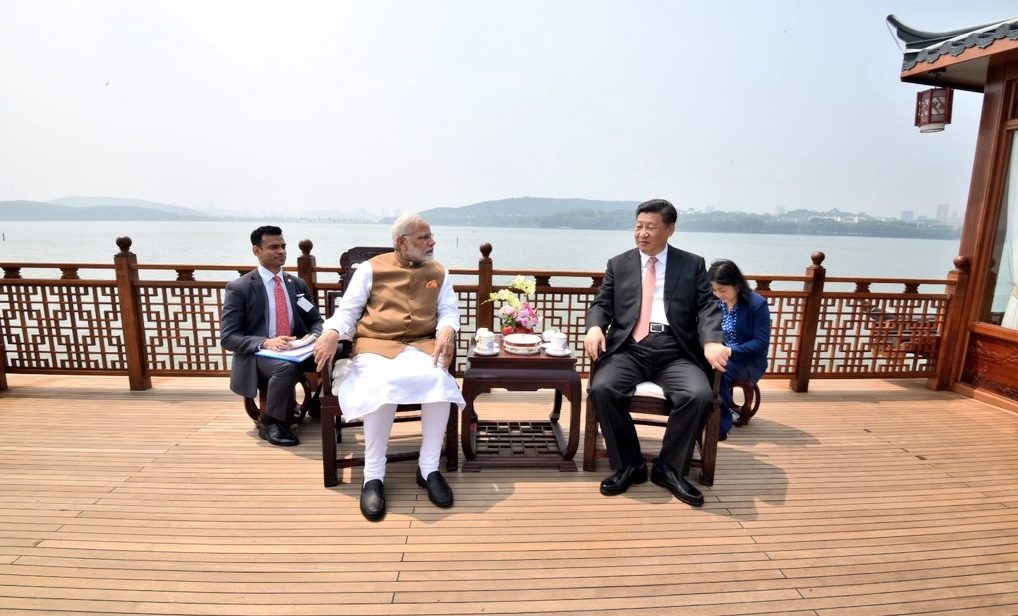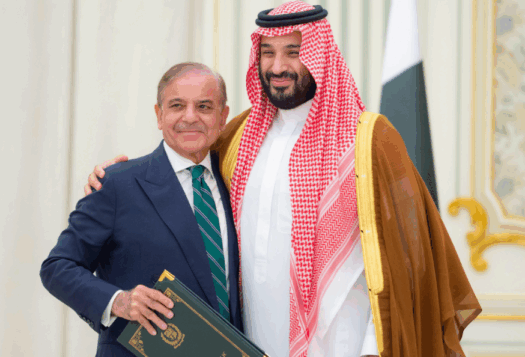
The strategic competition between India and China in South Asia, especially in the Indian Ocean due to the Chinese “string of pearls” strategy, has been a key element underlining the narrative of bilateral relations in recent years. There are debates in both countries about the intention, capability, and the desirable policy course to deal with each other.
The lack of consensus in India is well-manifested in the three articles from the South Asian Voices series “India-China Relations: Heating Up or Cooling Down?” For Tuneer Mukherjee, to deal with a China that “has managed to bait nations out of India’s strategic orbit,” India “must reform its position of strategic autonomy.” Focusing on the aftermath of the Doklam standoff, Nazia Hussain argues that “both countries have much to lose if they let the territorial dispute over Doklam continue to define bilateral relations,” and therefore if they are to “move beyond the current stalemate… as both seem willing to do,” the Doklam dispute will not be the defining event of their bilateral ties. Advocating for a similarly practical and forward-looking position, Kashyap Arora and Rimjhim Saxena maintain that strengthening the India-China economic relationship can confer great gains for both, especially for India.
Similar debates are rampant in China. The Chinese policy community has long been torn between a hardline approach to coerce India into reckoning with China’s geopolitical and economic superiority and a conciliatory path to entice India into a collaborative and cooperative relationship with China. In both countries, the final policy outcomes appear to be a combination of both proposals, although the weight of each varies depending on the domestic and regional political climates at a given time.
China and India seem to have failed to come to terms with the reality that the two powers, both on the trajectory of rising national power and international prestige, will have to coexist in the region and a zero-sum perception of each other’s role will inevitably lead to an escalation of hostility. While India is keen on maintaining its central and leadership position in South Asia, China’s lack of respect and accommodation for India’s traditional role in the region have greatly exacerbated New Delhi’s anxiety, and resistance to China’s regional economic campaign, the Belt and Road Initiative. Although both countries see value in cooperating on the global level as emerging powers vis-à-vis the global North, such common interests have not been sufficient to mitigate, let alone eliminate, the distrust and frictions at the regional and bilateral levels.
All four scholars have made important recommendations on how to address this negative cycle of events. As argued by Mukherjee, India may have to abandon its “strategic autonomy” and alter its choice of alignment to effectively counter the perceived strategic encroachment by China. However, such a bold move could significantly enhance the costs to India’s foreign and security policies, even to a prohibitive level, given the more abundant resources at China’s disposal to engage in such a competition. To try to focus on the bigger political and economic picture could generate short-term and mid-term gains for India, as Hussain as well as Arora and Saxena have proposed. Nevertheless, the successful implementation of such a strategy will require India to also change certain fundamental perceptions about China and the means, ends, and purposes of India-China relations in order to avoid a sense of exploitation and grievance in the long run. Neither path is easy.
Compared to other key bilateral relations of both countries, the level and scope of strategic communication and official/unofficial dialogues between India and China appears to be surprisingly low. Without honest conversations and accurate understanding of each other’s intentions and approaches, negotiations and compromises over the acceptable arrangements between the two are unlikely to be successful or sustainable. On that, scholars and practitioners in both countries still have a long way to go.
South Asian Voices (SAV) endeavors to ensure its contributors are influencing policy debates in India, Pakistan, and the United States. To this end, our feature Experts Ki Rai periodically has experienced South Asia specialists weigh-in on contributors’ analysis, in the hope of continuing to advance meaningful dialogue on the subcontinent and beyond. In this edition of Experts ki Rai, Yun Sun of the Stimson Center responds to SAV’s series India-China Relations: Heating Up or Cooling Down?
***
Image: MEA India via Twitter


